Top 10 Postpartum Exercises for Recovery and Strength
Gently Regain Confidence and Strength After Pregnancy with These Essential Moves
Postpartum recovery is a delicate process. New mothers need to rebuild their strength and re-establish connection with their core and pelvic floor, which can be impacted by pregnancy and delivery. Whether you’re dealing with diastasis recti, weakened pelvic floor muscles, or general post-birth fatigue, starting with gentle, intentional movements is essential for healing and preventing injury. At Identity Chiropractic, we specialize in guiding moms through postpartum recovery with a comprehensive approach that includes chiropractic care, fitness, rehab, and referrals to pelvic floor physical therapists and other resources. Here’s a guide to some of the best exercises to help you safely and gradually return to fitness.
Why It’s Important to Take It Slow
Your body has undergone significant changes during pregnancy and childbirth, and jumping into strenuous workouts too soon can worsen postpartum issues, like pelvic floor dysfunction or abdominal separation (diastasis recti). Gradually easing into exercises helps rebuild the muscle memory and stability your body needs to stay strong and functional without risking further injury.
1. Diaphragmatic Breathing with Core Activation
Reps: 10–15 breaths
Sets: 1–2
Description: Lie on your back with knees bent. Place one hand on your ribcage and the other on your belly. Inhale deeply, expanding the ribcage in a 360-degree manner, then exhale slowly while gently engaging the core muscles.
Benefits: Promotes core and pelvic floor connection, setting a strong foundation for postpartum recovery.
2. Supine 90/90 Breathing
Reps: 8–10 breaths
Sets: 2
Description: Lie on your back with knees bent at 90 degrees, feet supported on a wall. Inhale fully, filling the entire ribcage, then exhale fully while pulling your belly button down and in. Keep a neutral spine.
Benefits: Enhances core stability, promotes proper alignment, and reduces diastasis recti risk.
3. Modified Dead Bug
Reps: 8–10 per side
Sets: 2–3
Description: Lie on your back with arms reaching toward the ceiling and legs lifted to tabletop. Lower one arm and the opposite leg toward the ground while keeping the core engaged. Return to the start and alternate.
Benefits: Encourages deep core and pelvic floor control in a way that stabilizes the entire core.
4. Bird Dog with Diaphragmatic Focus
Reps: 8–10 per side
Sets: 2–3
Description: Start on all fours with a neutral spine, exhale as you extend one arm and the opposite leg, keeping a strong core. Inhale as you return to the start position and repeat on the other side.
Benefits: Trains pelvic stability and core control through coordinated limb movements.
5. Side-Lying Rib Cage Breathing
Reps: 10–12 breaths
Sets: 2
Description: Lie on your side, knees slightly bent, head supported. Breathe into the side of the ribcage closest to the ceiling, expanding the ribs with each breath. Exhale fully, drawing in the core gently.
Benefits: Promotes lateral rib expansion and relaxation of the pelvic floor, encouraging deep core engagement.
6. Half-Kneeling Pallof Press
Reps: 8–10 per side
Sets: 2–3
Description: In a half-kneeling position with one knee on the ground, hold a resistance band anchored to the side. Press your arms out in front, resisting the band’s pull, and return.
Benefits: Builds rotational stability and core strength, essential for everyday movements and protecting the lower back.
7. Quadruped Rock Back
Reps: 8–10
Sets: 2–3
Description: Begin on all fours, engage your core, and slowly rock your hips back toward your heels without collapsing your spine. Return to starting position.
Benefits: Promotes hip mobility and pelvic floor relaxation, which is particularly useful for easing tension in the lower back and hips.
8. Heel Slides with Core Activation
Reps: 10–15 per side
Sets: 2
Description: Lie on your back with knees bent. Slowly slide one heel along the ground while engaging the core, ensuring the pelvis stays neutral. Return and alternate.
Benefits: Focuses on lower abdominal activation, assisting in core control and helping close diastasis recti.
9. Wall Squats with Core Engagement
Reps: Hold for 15–30 seconds
Sets: 2
Description: Stand with your back against a wall, slowly slide down until knees are at 90 degrees, and engage your core. Breathe steadily.
Benefits: Reintroduces lower body strength and core control, which is foundational for functional movement.
10. Half-Kneeling Rib Cage Stretch
Reps: 8–10 breaths
Sets: 2
Description: In a half-kneeling position, lift the arm opposite to the front leg overhead and gently lean to the side, taking deep breaths into the stretched side.
Benefits: Promotes lateral core flexibility, essential for maintaining a balanced, well-supported posture.
How Identity Chiropractic Supports Postpartum Moms
At Identity Chiropractic, we incorporate DNS-inspired exercises to ensure moms recover safely and effectively. We focus on helping new mothers develop the right foundation with guided core, pelvic floor, and breathwork exercises, ensuring they’re ready for more dynamic activities. Our personalized approach also includes referrals to pelvic floor PTs, lactation consultants, pediatric dentists, and more, providing comprehensive support for all aspects of postpartum recovery.
Taking a thoughtful approach to reestablishing core strength and stability postpartum is vital. This foundational work ensures not only a smoother recovery but also a stronger, more functional body for years to come.
We would love to help you!
Team IC
